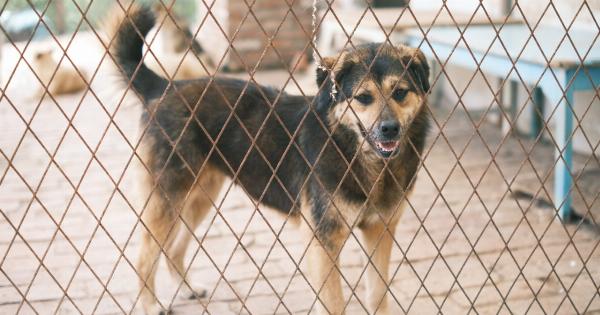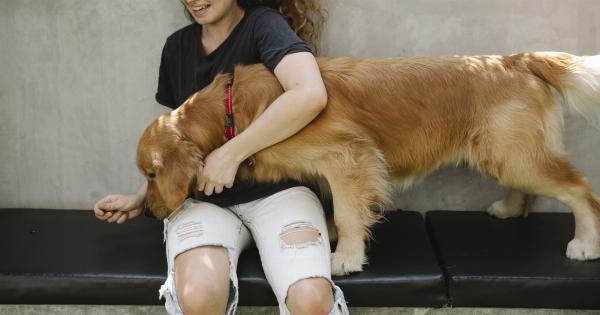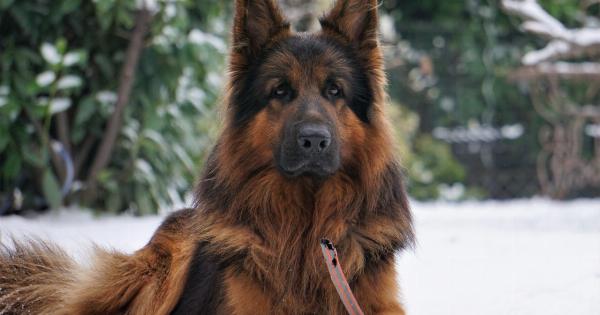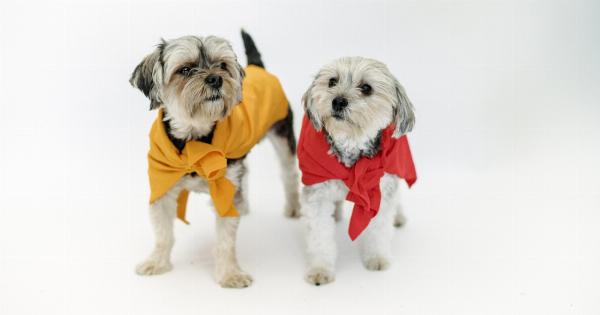The Saarloos Wolfhond, also known as the Saarloos Wolfdog, is a majestic and gentle dog breed that originates from the Netherlands.
Created by crossing a German Shepherd with a European Wolf, they possess a unique blend of wolf-like characteristics and loyal companion traits. Their name is derived from their developer, Leendert Saarloos, a Dutch breeder who aimed to create a breed with the intelligence and loyalty of a German Shepherd, and the rugged beauty of a wolf.
History and Origin
The history of the Saarloos Wolfhond dates back to the early 20th century when Leendert Saarloos, a Dutch breeder and dog enthusiast, decided to combine the best traits of a German Shepherd with those of a European Wolf.
Despite his initial efforts, he failed to create offspring with satisfactory qualities. It was only after crossing a German Shepherd with a female wolf named Fleur in 1932 that the Saarloos Wolfhond breed was born, which blended the desired attributes Saarloos was aiming for.
Leendert Saarloos believed that introducing wolf blood into the breed would enhance the dog’s intelligence, endurance, and resistance to disease. However, this experimental breeding program faced many challenges.
The offspring of the first litters proved to be quite challenging to handle due to their strong primal instincts and wild nature. Saarloos spent years carefully selecting and breeding dogs to improve their temperament and make them suitable for domestic life.
Characteristics
The Saarloos Wolfhond is a large and majestic dog, with a strong and muscular build. They have a dense double coat, which consists of a coarse outer layer and a thick undercoat that provides insulation against cold weather.
Their coat color ranges from light to dark shades of grey, often with a blend of brown or cream markings. The breed’s striking resemblance to a wolf is truly captivating.
Known for their profound loyalty and strong pack mentality, Saarloos Wolfhonds develop incredibly close bonds with their families. They are highly intelligent and require a consistent, positive, and firm approach to training.
Due to their sensitive nature, harsh training methods should be avoided. Early socialization is crucial for this breed to ensure they grow up to be well-rounded and confident dogs.
Despite their wolf-like appearance, Saarloos Wolfhonds are generally gentle and friendly, especially with their human family members. They are known to be protective and watchful, making them excellent guard dogs.
However, they can be reserved with strangers, and proper introductions should be made to prevent any potential anxiety or fearfulness.
Exercise and Grooming
As an active breed, the Saarloos Wolfhond requires plenty of physical exercise to maintain their well-being. Daily walks, runs, or play sessions in a secure, fenced yard are essential to satisfy their energy needs.
Mental stimulation, such as puzzle toys or obedience training, is equally important to keep their minds sharp and prevent boredom.
Grooming the Saarloos Wolfhond is relatively easy, thanks to their low-maintenance coats. Regular brushing is necessary to remove loose hairs, especially during shedding seasons. Bathing should be done as needed, typically every few months.
Routine dental care, nail trimming, and ear cleaning should also be part of their overall grooming routine.
Health Concerns
Like any dog breed, Saarloos Wolfhonds are prone to certain health conditions, although they typically enjoy good overall health. Responsible breeders strive to eliminate potential genetic issues through careful selection and testing.
However, prospective owners should be aware of the following health concerns that may affect the breed:.
Hip Dysplasia: This is a common condition in large dog breeds and occurs when the hip joint does not develop correctly, causing instability and eventually leading to arthritis.
Elbow Dysplasia: Similar to hip dysplasia, elbow dysplasia involves abnormal development of the elbow joint. It is often caused by a combination of genetic and environmental factors.
Progressive Retinal Atrophy (PRA): PRA is a degenerative eye disorder that can eventually lead to blindness. Regular eye examinations by a veterinarian can help detect this condition early.
Hypothyroidism: Saarloos Wolfhonds may be prone to hypothyroidism, a condition caused by an underactive thyroid gland. It can lead to various health issues if left untreated.
Exocrine Pancreatic Insufficiency (EPI): EPI is a disorder characterized by the pancreas’s inability to secrete sufficient digestive enzymes.
This can result in the dog having difficulty digesting and absorbing nutrients from food.
Training and Socialization
Training a Saarloos Wolfhond requires patience, consistency, and positive reinforcement techniques. They respond best to gentle, firm guidance and will become quickly disheartened by harsh or punitive methods.
Early socialization is vital to encourage proper behavior and prevent any potential fear or reactivity towards other animals or unfamiliar situations.
Enrolling them in puppy obedience classes can be highly beneficial, as it provides an opportunity for them to interact with other dogs and different people.
The earlier training and socialization begin, the better equipped they will be to handle various environments and situations as they grow older.
Living with a Saarloos Wolfhond
While the Saarloos Wolfhond can adapt to living in various environments, it is important to note that they require a lot of mental and physical stimulation to prevent boredom.
The ideal living situation for this breed would be a home with a securely fenced yard, where they can roam freely under supervision.
Due to their strong pack instincts, they thrive when they are part of a loving family and are included in everyday activities. They do not do well with long periods of isolation or being left alone for extended periods.
Saarloos Wolfhonds crave companionship and may develop destructive behaviors if their needs for attention and mental stimulation are not met.
Since the breed is known for being watchful and protective, they can make excellent watchdogs. However, proper training and socialization are essential from an early age to prevent over-protectiveness or aggression towards strangers.
Children and Other Pets
Saarloos Wolfhonds can be fantastic companions for families with children, especially if they are raised together from a young age. They are generally patient, gentle, and tolerant.
However, as with any dog breed, interactions between dogs and young children should always be supervised to ensure the safety of both parties.
When it comes to other pets, Saarloos Wolfhonds can coexist with them if introduced properly and given time to adjust.
Their prey drive may be stronger compared to other dog breeds, so caution should be exercised when introducing them to smaller animals, such as cats or rabbits.
Conclusion
The Saarloos Wolfhond breed is a captivating combination of the loyalty and intelligence of a German Shepherd and the beauty and allure of a wolf.
While they may appear fierce due to their resemblance to their wild ancestors, Saarloos Wolfhonds are remarkably gentle, loyal, and loving companions. With proper training, socialization, and care, they can bring immeasurable joy to the lives of their owners. If you’re searching for a unique and devoted canine companion, the Saarloos Wolfhond may just be the perfect breed for you.































